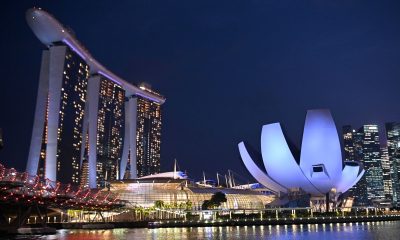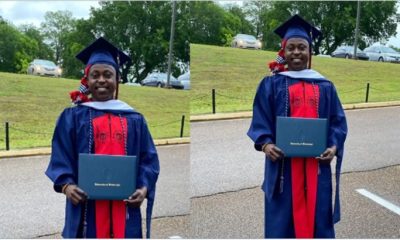NEWS
#INTERVIEW: The Story Of How Singapore Became a Research Nation
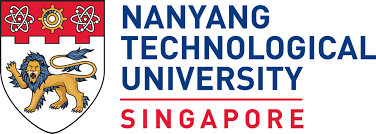
 Bertil Andersson became president of Singapore’s Nanyang Technological University or NTU in 2011. He had first joined NTU as provost in 2007, after being chief executive of the European Science Foundation. As he leaves his post in January 2018, he looks back in this interview with University World News Asia Editor Yojana Sharma at 10 years of higher education in Singapore, the dramatic changes in the research and higher education landscape and the rise of Singapore’s research universities in global rankings.
Bertil Andersson became president of Singapore’s Nanyang Technological University or NTU in 2011. He had first joined NTU as provost in 2007, after being chief executive of the European Science Foundation. As he leaves his post in January 2018, he looks back in this interview with University World News Asia Editor Yojana Sharma at 10 years of higher education in Singapore, the dramatic changes in the research and higher education landscape and the rise of Singapore’s research universities in global rankings.
Topnaija.ng: What was the state of research when you became president of NTU in 2011?
Andersson: Investment into the knowledge society in Singapore has been very instrumental for a small country and it has been very impressive – it was also what attracted me to come to Singapore, 11 years ago. Before the year 2000, research was not very developed in Singapore, but today Singapore has two top universities (National University of Singapore, or NUS, and NTU) and it has A*STAR, the Agency for Science, Technology and Research, as a research institute.
I [first] came here in 2006 as an adviser to the government and I had hardly heard about Singapore. I started to be impressed with their plans. Seeing is believing, and now I have been here 11 years and I think it is absolutely fantastic. On the higher education side, Singapore has gone up tremendously, particularly in quality, and researchers, in volume but also in quality, though this is not reflected in the rankings.
With A*STAR, Singapore research became known abroad, you could say. Around 2005-06 the deputy prime minister at the time, Dr Tony Tan, created the National Research Foundation, or NRF. That was the ‘big bang’ in research funding for the universities, so it was only 11 or 12 years ago that the two big universities had any research funding worth mentioning. It has been very rapid progress from the universities’ perspective.
Topnaija.ng: What has the government’s latest push (announced in January 2016) to provide SG$19 billion (US$14 billion) for research and innovation from 2016-20 meant for the university sector?
Andersson: Singapore has the concept of a ‘smart nation’ and our research must further enhance that smart nation. Being a small country, its research is very co-ordinated. It is a lot of money for a country of only 5 million people and with only three research institutions, it is unique.
Research funding has meant a big change in the academic map of Singapore. Previously there was just NUS as a top-ranked institution, now there are two in Singapore, including NTU.
NUS was the more established university but when this big investment in research started we at NTU were more hungry. We really went for all the grants and we recruited really top-level people from Caltech [California Institute of Technology], from MIT [Massachusetts Institute of Technology], Imperial College [London], from Germany and from Switzerland, so, in a sense, NTU changed from a mainly engineering college to a top research-oriented broader university.
We recruited two types of people – the big whales, the superstars, and then we recruited a lot of young investigators that in Europe competed for the ERC [European Research Council] young investigator grants.
Topnaija.ng: How did the rise and rise of research funding change NTU itself?
Andersson: In 2007, NTU was basically a teaching university, educating manpower for Singapore in business and in engineering. I was at the European Science Foundation and I came here as provost [of NTU] and my task was to build research in order for the university to take advantage of this new money that came from the government.
NTU then was an engineering university. But today it is a more comprehensive university – only 50% is engineering. We have humanities, we have an art school, we have a medical school, and so on. And of course this research push from government has been instrumental in this change.
The first thing I did was to start to recruit top professors from all over the world, but I also terminated many professors’ positions. It was a big transformation of the faculty, so that was one thing that happened. Then we broadened the school – we started life sciences, we started physics and chemistry, and later on, the medical school together with Imperial College, and we started advanced medical education and medical research.
Now we are already number two in the world in materials science; only MIT is ahead of us. The other flagship is chemistry – we are number three in the world. Electrical engineering is another stronghold where we are in the top 10 in the world; in computer science we are among the top 20 in the world. These are very academic disciplines but also very applied as well.
Topnaija.ng: Can Singapore’s latest research push be compared with other research-oriented countries in Asia like Japan, South Korea and China?
Andersson: Singapore is very determined as a very small country to stay ahead of the big dragons like Japan, South Korea and China and realises that if we are going to stay ahead or stay in the competition, being so small we have to be very focused on quality.
Singapore has the advantage of having English as its working language, so there has been a manpower increase. There have been competitive grants, particularly in strategic areas, very firm peer review, a lot of international super panels coming to evaluate the research year. I think they take a very high-level approach using best international practice and I’m not sure the other Asian countries are doing that all the time, and of course the other countries have a limitation with their language.
Singapore has a small population, but has the world as a recruitment base. Other countries have their own nation as a recruitment base, and that is a big difference. Singaporean East meets West means we can recruit from the United States, Europe, but we can also recruit from Japan and China.
Being a small country, Singapore is very co-ordinated and I recognise this a little bit from my own country, Sweden. Small countries are normally quite co-ordinated compared to the big dragons.
Topnaija.ng: Can Singapore’s three institutions absorb this much research funding to make an impact?
Andersson: I was the head of the European Science Foundation for four years, and I would argue that research in Europe is underfunded, and too fragmented. You cannot just hand a couple of hundred thousand dollars to individual scientists and make a big impact. The impact can be very academic and that’s important, too, but if you are going to roll a stone over the crest, you need much more concerted efforts, with excellent people in collaboration.
And it must go across disciplines. I have been head of the Nobel Prize committee on chemistry in Stockholm and recently we gave the prize not just to mainstream chemistry; we look at chemistry in interface with medicine, chemistry in interface with materials [science], chemistry in interface with the environment, and so on.
Topnaiaja.ng: Singapore is facing demographic decline. Will there be an adequate pipeline of researchers to fuel the innovation drive?
Andersson: No university is immune to demographic changes. You could say that there are too few Singaporeans being born; that is one problem. The other problem is that there are too few Singaporeans that take on an academic career. So far this has been solved by importing top scientists. For how long will that work? I don’t have a crystal ball to answer that but I have a feeling Singapore is a very pragmatic country; it does what it needs to in order to keep flying.
Topnaija.ng: Research needs longer than this four-year timeframe so what’s going to happen after 2020?
Andersson: High levels of funding have been going on for 10 years, and 2020 is a new milestone. I don’t think it’s going to increase much after that, but I think it’s going to continue on the same level; that’s my guess.
Today the big success story in Singapore is research. Innovation has not come that far. Research has to come before innovation, and the country has high ambitions to do that.
Singapore is a small country, you cannot compare it with Germany, the United States or the UK. But you can compare Singapore with Sweden, Finland, Switzerland, Israel – these are what we call small, smart nations. Still, I don’t think we have the same culture here in Singapore like Sweden, Switzerland or Israel. Singapore is much more risk averse, for example.
In terms of innovation, I don’t think things are going to be radically different in 2020 but maybe in 2025 and 2030. The question is will the Singapore government, the Singapore taxpayers have the patience to wait for that?
Topnaija.ng: Singapore’s universities and other universities in Asia have been rising steadily. Can they overtake Europe and the US?
Andersson: When I was a professor in Stockholm 20 years ago the only university in Asia that I knew was Tokyo University; today it’s changed. You can see why Europe talks about the rise in Asia. But it is not just that, it is a reshuffling of Asia, where Japan, on the relative scale, has gone down. China is going up a lot in quantitative terms; Singapore, Hong Kong and Korea have moved along. Taiwan may have gone down.
If you take NUS, NTU, HKU [Hong Kong University], Peking, Tsinghua – the top Asian universities are already as good as top European institutions. I worked at Imperial [College London] – and these top universities in Asia are already at that level. Of course, you have a larger number of established universities in Europe, and there should probably be more institutions at the top given Asia’s size. If you look at India and some other countries in Asia, they have a long way to go.
But the West has to recognise that they are being challenged. Western universities and Western countries are a bit in denial over what is happening.
Topnaija.ng: What will shake them out of this complacency?
Andersson: Reality.
Q&As are edited for length and clarity.

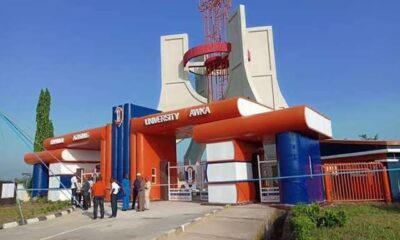

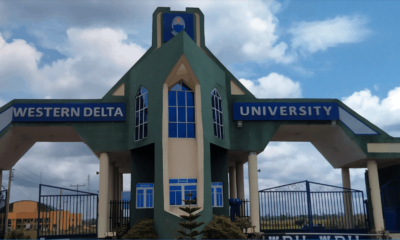

![I gained admission into the university at age 14 – Ayra Starr [Video]](https://topnaija.ng/wp-content/uploads/2024/02/I-gained-admission-into-the-university-at-age-14-–-Ayra-Starr-Video-400x240.jpg)
![I gained admission into the university at age 14 – Ayra Starr [Video]](https://topnaija.ng/wp-content/uploads/2024/02/I-gained-admission-into-the-university-at-age-14-–-Ayra-Starr-Video-80x80.jpg)




